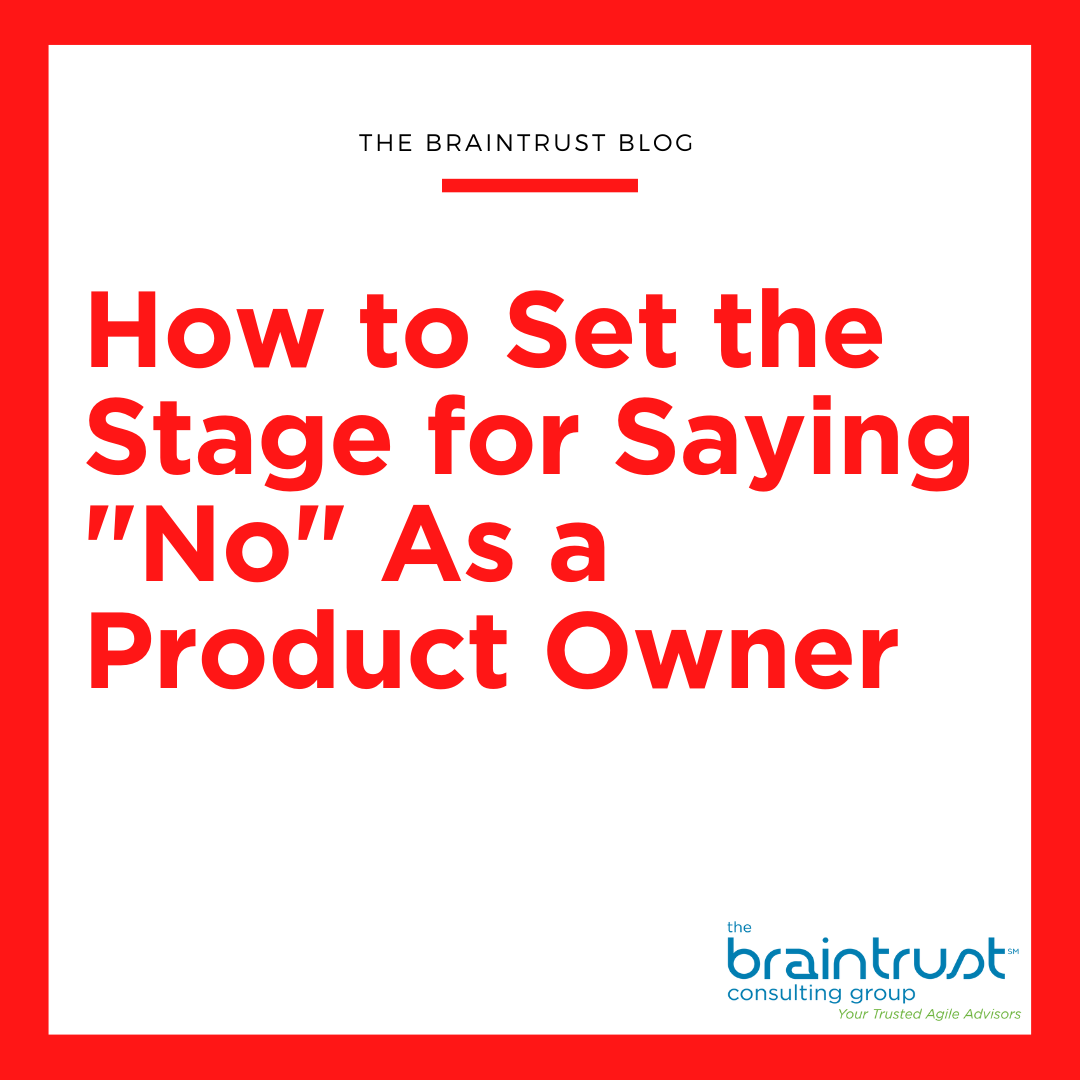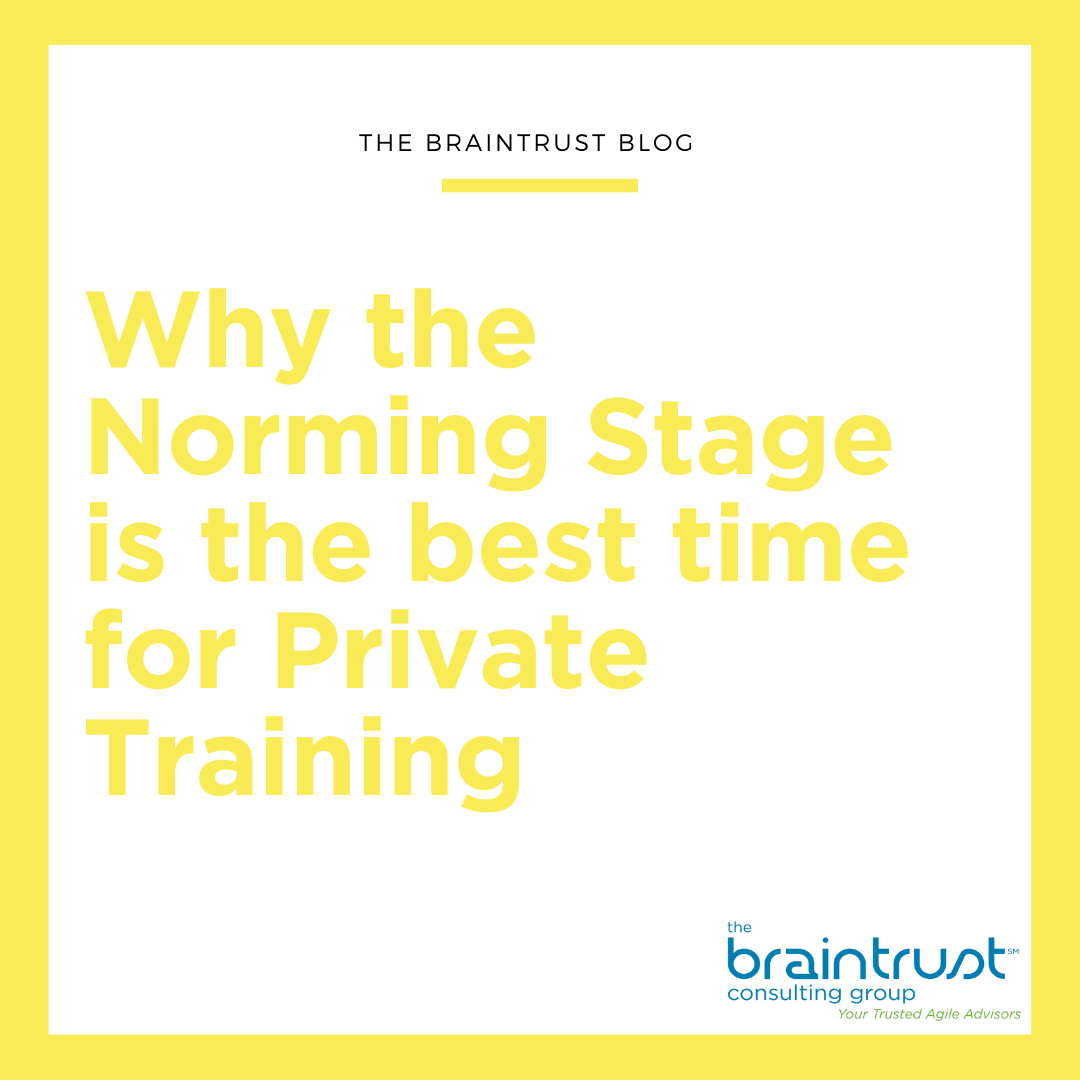If the word of the year for 2020 was “pivot” then it seems like the word for 2021 is going to be “accountability.” We’re hearing our Braintrust clients asking how to keep their teams accountable while working remotely, and it all comes down to building a strong culture of accountability.
What effective teams look like
In Google’s Aristotle Project, researchers found that what really mattered was less about who is on the team, and more about how the team worked together. In order of importance:
Psychological safety: Psychological safety refers to an individual’s perception of the consequences of taking an interpersonal risk, or a belief that a team is safe for risk taking in the face of being seen as ignorant, incompetent, negative, or disruptive. In a team with high psychological safety, teammates feel safe to take risks around their team members. They feel confident that no one on the team will embarrass or punish anyone else for admitting a mistake, asking a question, or offering a new idea.
Dependability: On dependable teams, members reliably complete quality work on time(vs the opposite – shirking responsibilities).
Structure and clarity: An individual’s understanding of job expectations, the process for fulfilling these expectations, and the consequences of one’s performance are important for team effectiveness. Goals can be set at the individual or group level, and must be specific, challenging, and attainable. Google often uses Objectives and Key Results (OKRs)to help set and communicate short and long term goals.
Meaning: Finding a sense of purpose in either the work itself or the output is important for team effectiveness. The meaning of work is personal and can vary: financial security, supporting family, helping the team succeed, or self-expression for each individual, for example.
Impact: The results of one’s work, the subjective judgement that your work is making a difference, is important for teams. Seeing that one’s work is contributing to the organization’s goals can help reveal impact.
Empowered and Engaged Employees
What is Employee Engagement?
Employee engagement means inspiring workers to be sufficiently motivated to contribute to the organization, especially with respect to discretionary tasks. Engaged (i.e., motivated) employees join the organization more readily (recruiting), stay with the organization longer (retention), work harder at their jobs (performance), and refrain from sabotaging the organization (risk reduction). Engaged employees contribute more to their organizations regardless of the task, but their improved contribution is especially apparent with discretionary tasks.
What is Employee Empowerment?
Employee empowerment is giving employees the authority to make decisions about their jobs. That can mean giving employees the authority to decide values, priorities, goals, plans, schedules, methods, hiring, training, etc. In the extreme, it can even mean giving employees the authority to decide their jobs and compensation.
The organizations that typically have the highest level of employee engagement are the very same organizations in which employees are empowered.
Accountable Teams and Unaccountable Teams: What do they look like?
Teams That Are Not Accountable
- Create resentment among team members who have different standards of performance
- Encourage mediocrity
- Miss deadlines
- Put disproportionate pressure on leaders to discipline
Teams That Are Accountable
- Make sure poor performers feel pressure to improve
- Identify problems quickly by questioning one another
- Establish respect among team members who are held to same high standards
- Avoid excessive bureaucracy around management and corrective actions
an organizational culture that supports shared accountability at the team level Does the following:
Walk the Talk—When a leader can stand before their employees and say “I made a mistake – and this is what we’re going to do to fix it” sets a positive example of accountable behavior that employees won’t be afraid to emulate.
Define Results and Expectations—Don’t wait for a mistake to happen and then waste energy finding who is to blame. Instead, set clear standards and expectations before the work even starts.
Gain Commitment—Without commitment, we get compliance or even resistance. “I’ll try” is not commitment. Ask: “Do I have your commitment?”, and listen to any concerns. Work with the employee to overcome barriers and figure out what needs to do to obtain their commitment.
Be Open to Feedback and Problem Solving—In other words, never “shoot the messenger.” Have an open-door environment where any employee is empowered to bring any problem to anyone in the organization without fear of repercussion.
Hire Accountable Employees—Don’t just hire for technical skills and experience, hire for cultural fit. Look for a track record of admitting mistakes and overcoming obstacles.
Coach Employees on How to Be Accountable—Many individuals come from backgrounds where they never had to be accountable. They are used to awards for 5th place. They may have to learn new skills and behaviors, like critical thinking and problem before they can begin to thrive in a culture of accountability.
Consequences and Reinforcement—Ultimately, there has to be consequences for consistently poor performance and reinforcing for positive results and behaviors. Without this, employees will soon catch on that accountability is all talk and no action.
Hold Each Other Accountable—In a culture of accountability, leaders don’t just hold employees accountable for results. Everyone holds everyone accountable! Every employee takes ownership of organizational results, not just their own little part of the world. Again, leaders can role model, teach, and reinforce this kind of ownership mentality.
Culture will change in a positive way when leaders consistently practice these 8 principles. If they won’t or can’t, then perhaps it’s time to find new leaders.



